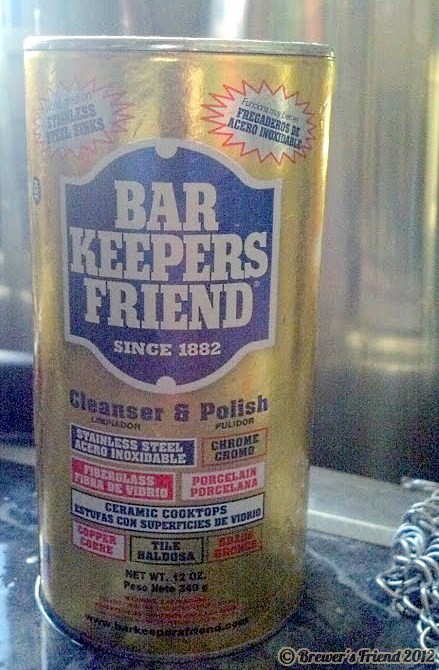September 2012 Release is Live
Wednesday, September 26th, 2012We just launched a bunch of features! We are proud to say that many of the updates in this release came directly from topics in the feature request forum. In addition, we made a nice improvement to the brew feature so it reports Pre-Boil Efficiency in addition to Brew House Efficiency. We also made some major headway towards our first mobile release and group brewing feature (not ready yet). We also did some bug fixes and back end work to keep the system running smoothly.
Recipe Editor:
- Ability to add grains in pounds or ounces (or Kg/g for Metric recipes). Ability to add hops in ounces or grams, regardless of units. Click on the units label with the little triangle, it works like a drop down box. [Forum thread]
- Under the “More…” button, each stat / equation now has a visual ‘matches style’ indicator. An exclamation point is displayed if the value is out of range, or a green checkbox appears if it matches. [Forum thread]
- Ability to set default hop type under your profile. Saves time if you typically use pellets.
- New checkbox which displays a ‘hops summary’. Groups like hops together so you know how much the recipe calls for total. [Forum thread]
- On the recipe print page, there are now options to show/hide the recipe stats, recipe heading, and hop summary. [Forum thread]
Brew Sessions
- Pre-Boil Efficiency measure introduced (read more about that below).
- Default sort on my brew sessions page set to a more sensible default, and ability to hide completed batches. [Forum thread]
- The brew log entry screen now anticipates the next type of log entry.
- Dilution and Boil Off Gravity Calculator – Calculates how much you need to dilute or boil down your wort volume to hit a certain gravity. Helps you hit the correct wort volume and target gravity for your home brewed beer! [Forum thread]
- Bottling Calculator – Upgraded with lots more bottle types, metric support, and custom fields (this update actually went out a couple weeks ago, but we’ll mention it here in case you missed it.) [Forum thread]
Yeast List
- Corrected Wyeast NB NeoBritannia 1945, had wrong number.
- Added the new Danstar BRY-97 yeast. Larry will be using this in his Snifter Grade IIPA (experimental) batch as soon as it comes to the home brew store!
Thoughts on Efficiency:
We have been doing a lot of research on the meaning of efficiency in brewing. Deep thinking, the kind that keeps you up at night. The kind that that gives you dreams like flying on kettle lids through skies filled with clouds of steaming wort, swimming in a giant sized mashed tun, and coding equations from inside a grain husk.
Brewer’s Friend uses Brew House Efficiency (as defined here) in the recipe editor. This can be thought of as ‘to the fermentor’ efficiency. All losses that do not make it into the fermentor are counted against this measure. This is good because it provides a realistic picture of your entire system’s performance, which is what you need to know to brew repeatable batches! If your friend tells you they get 85% efficiency – ask them which type of efficiency. That is probably their conversion efficiency or their lauter efficiency, but not their efficiency to the fermentor. Repeatable efficiency is what really matters. Please be aware that recipes with more hops than normal will cause greater hops absorption losses, thus lowering Brew House Efficiency by ~1%.
As part of this release, we have just introduced a new efficiency measure: ‘Pre-Boil Efficiency’ – the percentage of total available sugars that made it into the kettle. It can also be thought of as lauter efficiency. Volume losses from mash tun dead space and grain absorption count against this measure. Those of you who have been diligently making ‘Pre-Boil Gravity’ log entries will automatically see this figure computed on your existing brew sessions. This number is generally 8-10% higher than Brew House Efficiency, since it does not count trub losses and kettle dead space.
We are working on adding ‘conversion efficiency’ in the near future, which looks only at the efficiency of the extract in the mash tun, before any draining takes place. This number is always the highest.
Well, that’s all for now. Happy brewing!
























